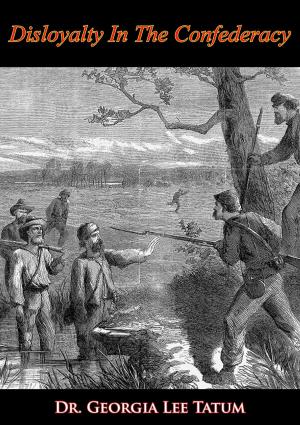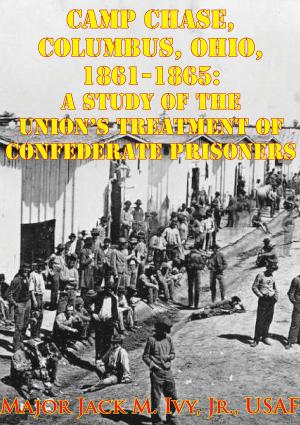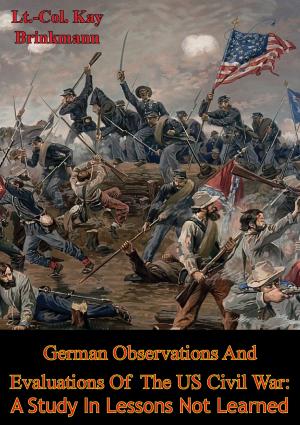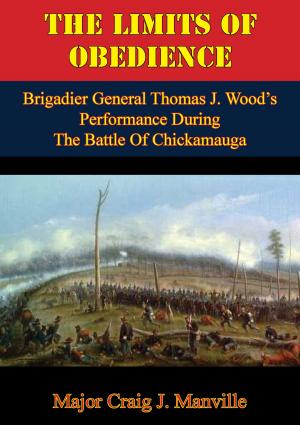Four Years With General Lee [Illustrated Edition]
Nonfiction, History, Modern, 19th Century, Americas, United States, Civil War Period (1850-1877), Military| Author: | Colonel Walter Taylor | ISBN: | 9781782895336 |
| Publisher: | Golden Springs Publishing | Publication: | August 15, 2014 |
| Imprint: | Golden Springs Publishing | Language: | English |
| Author: | Colonel Walter Taylor |
| ISBN: | 9781782895336 |
| Publisher: | Golden Springs Publishing |
| Publication: | August 15, 2014 |
| Imprint: | Golden Springs Publishing |
| Language: | English |
Includes Civil War Map and Illustrations Pack - 224 battle plans, campaign maps and detailed analyses of actions spanning the entire period of hostilities.
"…it offers a sure, quick, eyewitness assessment of all Lee’s campaigns." --Southern Partisan
Colonel Taylor was the Adjutant-General of the Army of Northern Virginia, and Lee’s right-hand man at Headquarters. Most of the orders and dispatches went out in Taylor’s handwriting, and he was uniquely positioned to observe Lee’s thinking and generalship close-up.
In addition, Taylor was responsible for the "returns" (manpower statistics), and so is able to correlate the accounts of campaigns and battles with the actual strength of Confederate forces. The conclusion is inescapable: few military commanders have done more, with less, than Lee, and fewer still can have emerged with his reputation as a human being.
The book concludes with the Address on the Character of General R.E. Lee, by Captain John Hampden Chamberlayne, delivered in 1876, which is a fine analysis on the career and character of the great General.
Includes Civil War Map and Illustrations Pack - 224 battle plans, campaign maps and detailed analyses of actions spanning the entire period of hostilities.
"…it offers a sure, quick, eyewitness assessment of all Lee’s campaigns." --Southern Partisan
Colonel Taylor was the Adjutant-General of the Army of Northern Virginia, and Lee’s right-hand man at Headquarters. Most of the orders and dispatches went out in Taylor’s handwriting, and he was uniquely positioned to observe Lee’s thinking and generalship close-up.
In addition, Taylor was responsible for the "returns" (manpower statistics), and so is able to correlate the accounts of campaigns and battles with the actual strength of Confederate forces. The conclusion is inescapable: few military commanders have done more, with less, than Lee, and fewer still can have emerged with his reputation as a human being.
The book concludes with the Address on the Character of General R.E. Lee, by Captain John Hampden Chamberlayne, delivered in 1876, which is a fine analysis on the career and character of the great General.
![Cover of the book Four Years With General Lee [Illustrated Edition] by Colonel Walter Taylor, Golden Springs Publishing](https://www.kuoky.com/images/2014/august/500x500/9781782895336-jH80_500x.jpg)


![Cover of the book Second Bull Run Staff Ride: Briefing Book [Illustrated Edition] by Colonel Walter Taylor](https://www.kuoky.com/images/2014/august/300x300/9781782898597-unEf_300x.jpg)

![Cover of the book The Civil War and Reconstruction [Second Edition] by Colonel Walter Taylor](https://www.kuoky.com/images/2016/august/300x300/9781787200272-387v_300x.jpg)







![Cover of the book Dragoon Or Cavalryman, Major General John Buford In The American Civil War [Illustrated Edition] by Colonel Walter Taylor](https://www.kuoky.com/images/2014/august/300x300/9781782895015-fa7T_300x.jpg)

